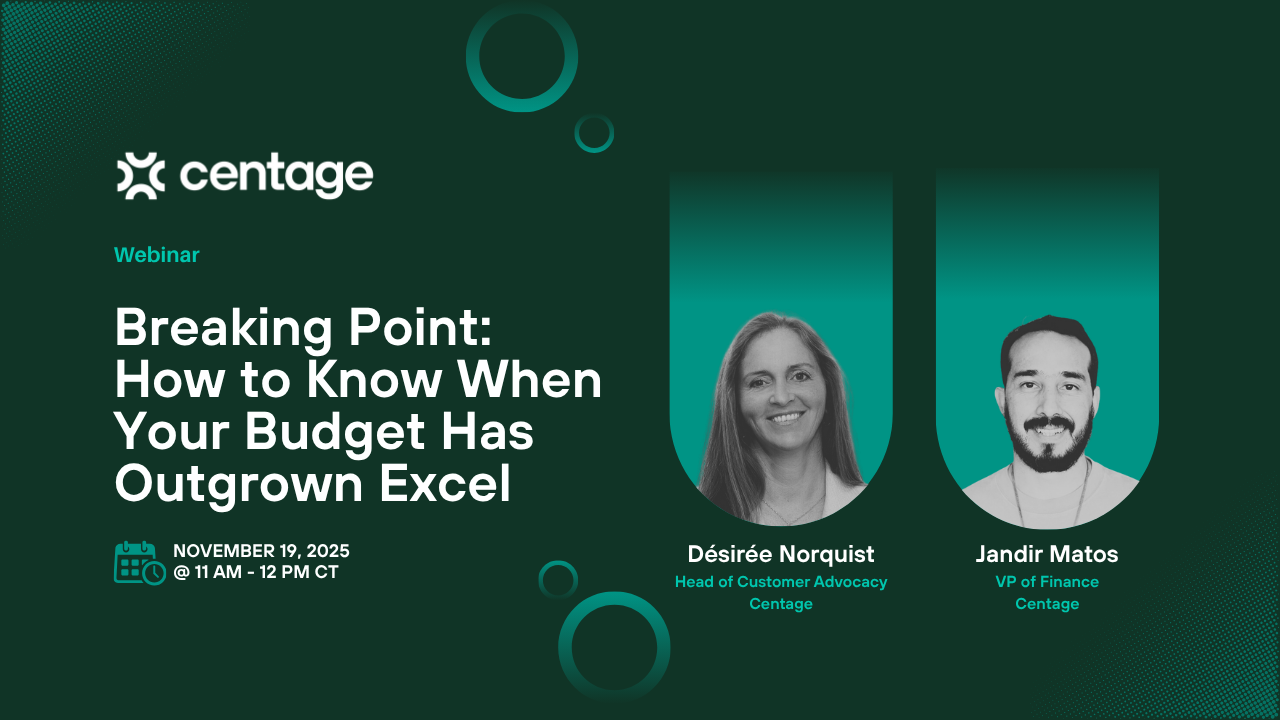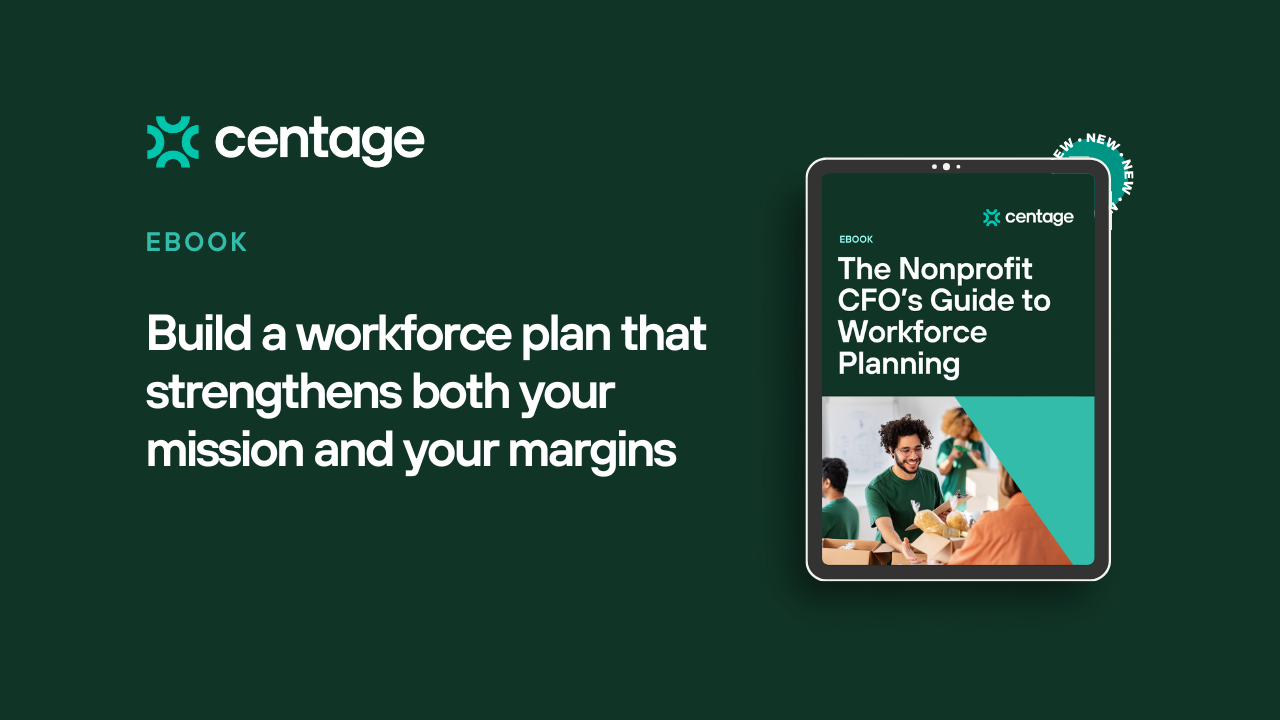Nonprofit Financial Modeling: Preparing for the Impact of Losing a Major Donor
When One Donor Holds the Keys to Your Mission
Every nonprofit leader knows the tension: one generous donor fuels a major portion of your mission—until they don’t. Maybe their priorities shift. Maybe their foundation changes focus. Suddenly, your organization is facing tough questions: What happens to the programs that depend on that funding? How long could you sustain operations without it?
For many nonprofits, this isn’t hypothetical. A single donor or grant can make up 20–40% of annual revenue. That concentration can be both empowering and dangerous. The key is turning uncertainty into foresight—using financial modeling to prepare for what happens if the unexpected becomes real.
Below, we’ll walk through how finance teams can model donor loss risk with scenario planning, reporting, and risk-adjusted forecasting—so you can protect your mission, not just your balance sheet.
1. Scenario Planning: Rehearse the “What Ifs” Before They Happen
Scenario planning lets finance leaders test their organization’s resilience under different funding realities.
Example: A nonprofit with a $5M budget depends on a $1M foundation grant—20% of total revenue. Finance should model three key versions of the budget:
- Base Case: Full $1M grant received.
- Conservative Case: $750K awarded.
- Worst Case: Grant not renewed.
Each version should cascade through the P&L, showing the real impact on staffing, programs, and overhead.
Pro Tip: Tie financial outcomes directly to mission outcomes. If the worst-case model shows a 30% reduction in counseling sessions, your board sees not just the numbers—but the human impact of inaction.
2. Reporting: Spot the Red Flags Early
The earlier you spot funding risk, the more time you have to respond.
Variance Reporting: Compare budgeted vs. actual donor payments monthly. A pledge arriving 60 days late? That’s a signal to assess liquidity and communication with that donor.
Rolling Cash Flow Forecasts: Go beyond income statements. A 12-month rolling cash flow forecast shows when delays in disbursements could create short-term squeezes—like a $200K September gap if a grant slips to October.
Pro Tip: Build dashboards your program and development teams can access. When everyone sees how funding flows affect delivery, collaboration improves and surprises shrink.
3. Weighted Risk Assessments: Quantify Donor Dependence
Not all revenue streams carry the same certainty. By assigning probability weights to different sources, nonprofits can create a “risk-adjusted” budget that paints a more realistic picture.
If you model a $1M pledge with a 50% probability, you only count $500K toward your forecast. That difference can mean the organization budgets for sustainability, not hope.
Pro Tip: Review these probabilities quarterly, informed by donor conversations and historical behavior.
4. Building a Plan B: What to Do if the Risk Is Real
Financial modeling only matters if it leads to action. If your analysis shows major exposure to a single donor, build a clear playbook.
- Diversify Your Revenue: If a $500K donor exits, you might need 1,000 new $40/month donors to recover within a year. Model those targets now, not later.
- Maintain Liquidity Reserves: Aim for 3–6 months of expenses. This cushion buys time to find replacement funding without cutting core programs.
- Prioritize Programs: Identify which services are mission-critical versus those that could temporarily pause if funding dips.
- Leverage Bridge Financing: Lines of credit or program-related investments (PRIs) from foundations can provide short-term relief while new funds are secured.
Pro Tip: Document contingency strategies in your annual budget packet—so leadership and the board know exactly how the organization would respond.
Turning Risk Into Resilience
Modeling financial exposure isn’t about predicting failure—it’s about protecting your mission from uncertainty.
When finance leaders embed scenario planning, risk weighting, and real-time reporting into their processes, they turn potential crises into moments of control. The result is organizational stability—programs continue, staff stay focused, and communities keep receiving the support they rely on.
With Centage, you can model donor volatility, forecast multiple funding scenarios, and build risk-adjusted budgets—all in one intelligent platform built for nonprofit finance teams.
Because resilience isn’t built in reaction—it’s modeled in advance.
👉 See how Centage can help your team build financial resilience. Book a demo today.
About the Author
Jandir Matos, VP of Finance at Centage
Jandir Matos serves as the Vice President of Finance at Centage, a leader in modern financial planning and analysis (FP&A) software. With over six years of experience in venture capital and private equity-backed tech companies, Jandir has a proven track record of building and scaling financial operations to drive growth and profitability.
Keep reading...
Interviews, tips, guides, industry best practices, and news.


